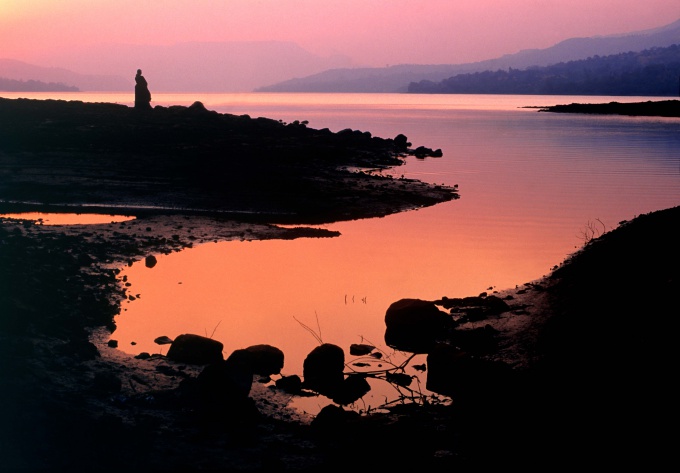Instruction
1
Determine the direction of flow of the river. If you are on the beach, watch out for random objects floating on the water surface. It can be chips, boards, driftwood. If a landmark is not detected, drain the water paper boat, float or sliver. In the direction of movement of the subject you will see where the river flows.
If you float down the river or stay in the water look at visible on the shoreat items – bushes, rocks, houses. You will move to the right or left of them, and in this direction again determine where the river flows.
If you look at the map, find the river source (its beginning) and the mouth (where water flowing into the lake or sea). Over the river is always directed from the source to the mouth.
If you float down the river or stay in the water look at visible on the shoreat items – bushes, rocks, houses. You will move to the right or left of them, and in this direction again determine where the river flows.
If you look at the map, find the river source (its beginning) and the mouth (where water flowing into the lake or sea). Over the river is always directed from the source to the mouth.
2
Face in the direction of flow of the river or put accordingly on map. Worldwide it is accepted that the shore on your right – the right coast. Accordingly, to your left is the left shore of the river.
3
You can also define the shoreand natural signs. The right shore of the river is always higher and more steep, prone to landslides, and the left is flat and low-lying, prone to flooding in case of spills and floods. This rule, called the "Law of Baer," really for the rivers of the Northern hemisphere, flowing from North to South. The river wash away your right shore, leaving the sand and silt on the left. Explaining this phenomenon is the rotation of our planet from West to East. You can see that for rivers in the southern hemisphere valid for the same act in reverse – the steep left shore and a gently sloping right.
4
You can determine the right shore of the navigable rivers by navigation marks according to the "Rules of navigation on internal waterways of the Russian Federation". Stop signs on the right shorefrom the river red-black or red-white, on the left in black and white. Night navigational lights of the left coastand they Shine green, white or flashing white light, and the lights of the right is always red.
